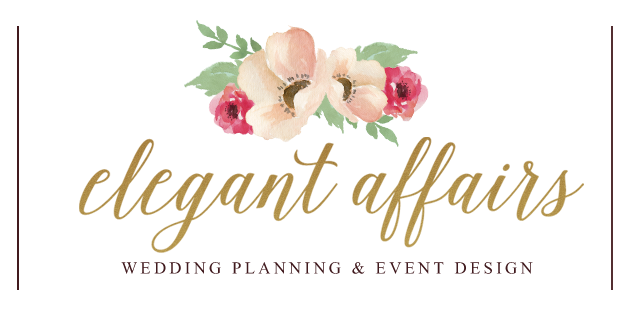Mixing prints, patterns, textures, colors, sizes and shapes may seem overwhelming, but there are a few tricks to the trade that I want to share so the process doesn't seem so daunting. It's really fun once you know what to look for! I had a great design professor who once said, "It's not about matching. It's about coordinating." That, my friends, is your mismatch secret code. Your mantra. It is so much easier to think about designing when you're less worried about everything being an exact match.
For instance, let's take prints and patterns. Smaller scale prints like toile or ornate florals would feel quite busy if paired with another smaller scale pattern like tiny polka dots. I tend to find that busier prints play best when paired with a cleaner, more linear pattern like stripes or checks. Scale balance is huge when it comes to mixing these guys. If you love polka dots AND vintage floral prints though, it IS doable. Make sure that the polka dots are large enough to balance the visual business of the floral. If the floral is colorful, balance them with dots that are just one color. Choosing a color that is already in the busier pattern helps to tie the two elements together.
Vintage china pieces look so charming when mismatched. Sure, there is usually an abundance of the floral patterns I just discussed, but alternating colors that complement each other makes the mixing less visually overwhelming. For example, I showcase several photos below that have mismatched china plates. What makes this design move work is the similar color palette of the dishes. Maybe each of the plates has a hint of gold somewhere. That is an element that ties them all together. Maybe one plate is primarily blue with flecks of pink and yellow here and there; this plate would pair great with a mostly yellow plate with touches of blue and pink. Get the idea? This mixing is successful due to the color scheme.
Another way to use color as a foundation for mixing is through shapes. Below you'll find photos of mismatched wooden chairs of all shapes and sizes. What makes this hodgepodge work is the fact that they are all a similar hue. I'm sure you've all seen bridesmaids dresses that are all one color family but different colors, right? Like the pink family: with coral, ballet slipper, blush and mauve all playing nicely together down the aisle. This same idea can be used in your décor as well. Choose a color and vary its shade. This is a good way to have cohesion but still coordinate. (Coordinate. See! There's that fancy buzzword again!)
On the flip-side, you don't HAVE to stick to one color. You may also see a group of chairs below that are a bunch of different colors! What makes this work is their similar tones. For example, pastels that are all various colors would actually pair great with one another because of their coordinating light tones. Similarly, jewel tones like yellow, teal, purple and ruby don't look so outrageous when clustered together because they're all a similar tone. Pairing these with crisp white plates and dark wood tables would be a great contrast.
How to Wedding Mismatch Properly
Photo by Meredith McKee









